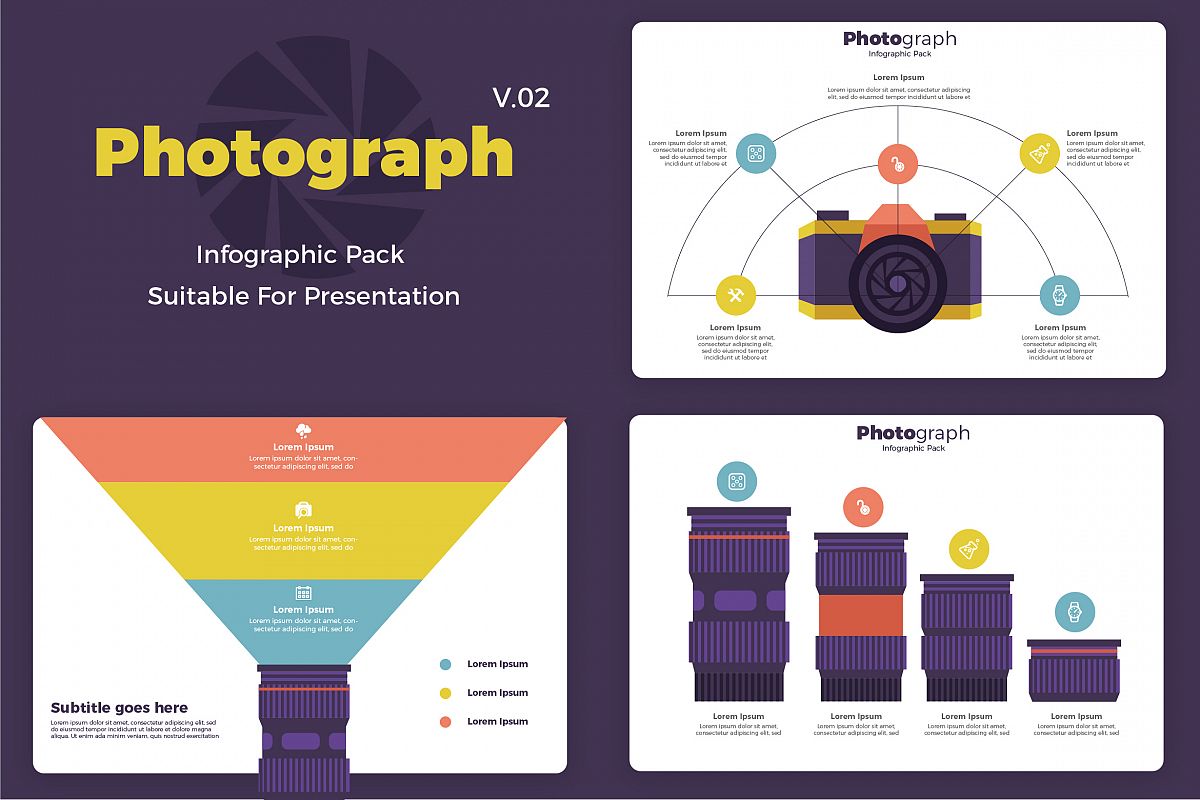What Every Professional Photographer Must Know About Illumination
What Every Professional Photographer Must Know About Illumination
Blog Article
Author-Greenwood Fraser
As a professional photographer, you know that illumination can make or break your images. Comprehending the subtleties of both all-natural and man-made light is necessary for capturing the mood and quality you aim for in your job. Whether you're chasing the perfect gold hour radiance or adjust your fabricated configurations, understanding these components can elevate your photography substantially. Yet there are common risks that many neglect, and recognizing them can transform your strategy to every shoot. Allow's explore what you may be missing out on and just how it can impact your results.
Understanding Natural Light
Understanding all-natural light is crucial for any photographer aiming to enhance their work. It's the structure of terrific digital photography, affecting mood, tone, and clarity. When you fire outdoors, take notice of the moment of day. The gold hour-- quickly after daybreak and prior to sunset-- offers soft, cozy light that can change average scenes right into magnificent pictures.
Don't underestimate the power of overcast days. Cloud cover diffuses sunlight, developing a soft, also light that's excellent for portraits and macro digital photography. You'll locate shades pop in this type of lighting without rough darkness.
Positioning issues, also. Constantly consider Company headshot photography to the source of light. If the sun's behind your topic, you might end up with a shape, which can be significant but mightn't be what you want. On https://www.popsci.com/how-to-buy-film-photography-camera/ , direct sunshine can produce unflattering shadows.
Try out angles; often, changing your perspective can yield fantastic outcomes. Use all-natural reflectors, like water or sand, to bounce light onto your topic, adding measurement.
Learning Artificial Light
Understanding artificial light is important for photographers that intend to take their skills to the next degree. Whether you're using speedlights, workshop strobes, or continual lights, recognizing how to control these resources can dramatically enhance your photos.
Begin by acquainting on your own with the essentials of light top quality, direction, and color temperature. Try out various modifiers like softboxes, umbrellas, or grids to regulate the gentleness or harshness of the light.
You'll find that soft light commonly produces flattering results, while harsher light can add dramatization and deepness. Don't avoid shadows; they can enhance the three-dimensionality of your topics.
Pay very close attention to the placement of your lights. A light located as well near your subject can develop unflattering outcomes, while too far can cause an absence of detail. Use a light meter or your electronic camera's histogram to guarantee you're subjecting properly.
Finally, keep in mind that artificial light can be mixed with ambient light for imaginative effects. Balancing click for more could take practice, once you understand it, your photography will genuinely radiate.
Techniques for Various Circumstances
When you enter various shooting circumstances, adapting your illumination methods is critical for catching the best pictures. For outdoor pictures, use the gold hour-- morning or late afternoon light-- to soften shadows and enhance complexion.
If it's a harsh midday sun, think about utilizing a reflector to bounce light back onto your topic or seek shaded locations for a more even exposure.
In low-light situations, like indoor occasions, boost your ISO and use a broad aperture to allow in even more light. https://blogfreely.net/moises876andrea/unlock-the-tricks-to-locating-the-excellent-video-camera-for-your can aid get rid of video camera shake, enabling longer direct exposures without blurring.
If you're contending night, experiment with off-camera flash to produce vibrant illumination and deepness in your pictures.
For product photography, utilize diffused lights to prevent severe representations. Softboxes or light tents can help achieve this effect.
When photographing landscapes, consider the instructions of light and time of day, as it can dramatically alter the state of mind of your shot.
Always be ready to change your setups and positioning based upon the circumstance, as flexibility is vital to understanding lights in photography.
Conclusion
In conclusion, understanding illumination is crucial to elevating your photography skills. Welcome natural light's appeal during golden hour, and do not shy away from try out synthetic light methods. By adapting your approach to different circumstances, you'll record spectacular images that resonate with feeling and clarity. Remember, the right lighting can change a common shot into something phenomenal, so keep practicing and fine-tuning your understanding of both all-natural and man-made light. Satisfied shooting!
